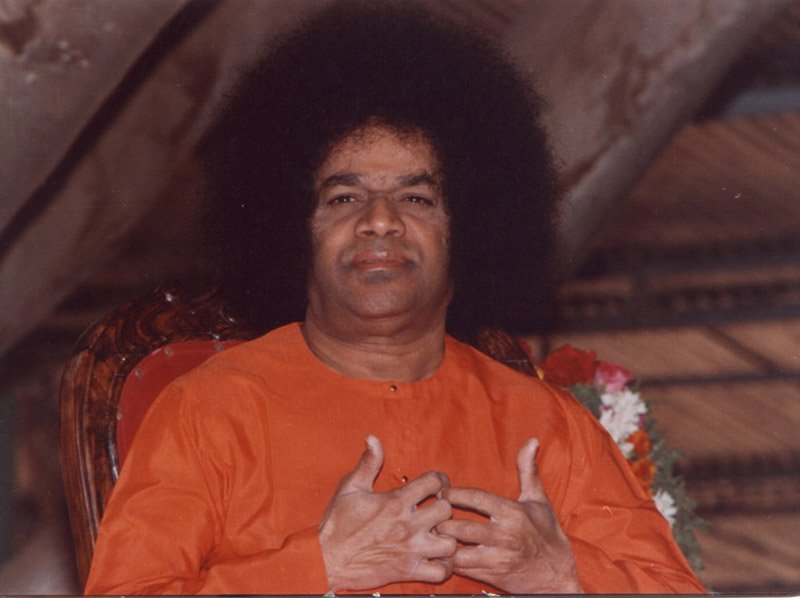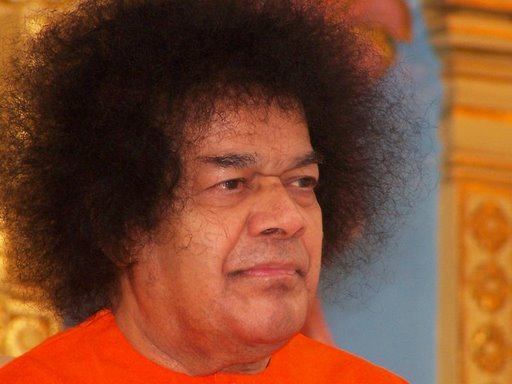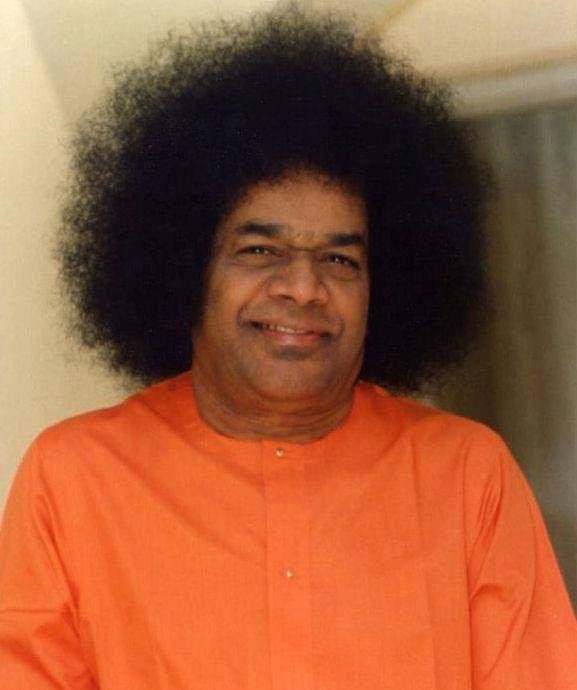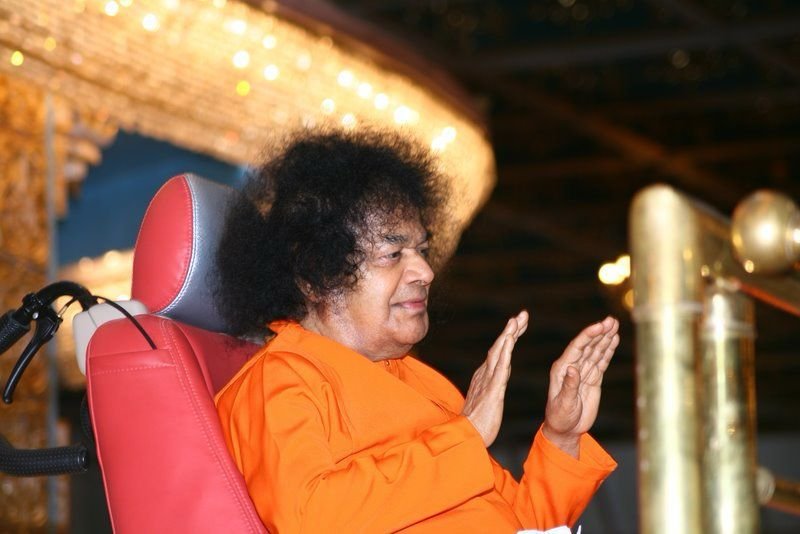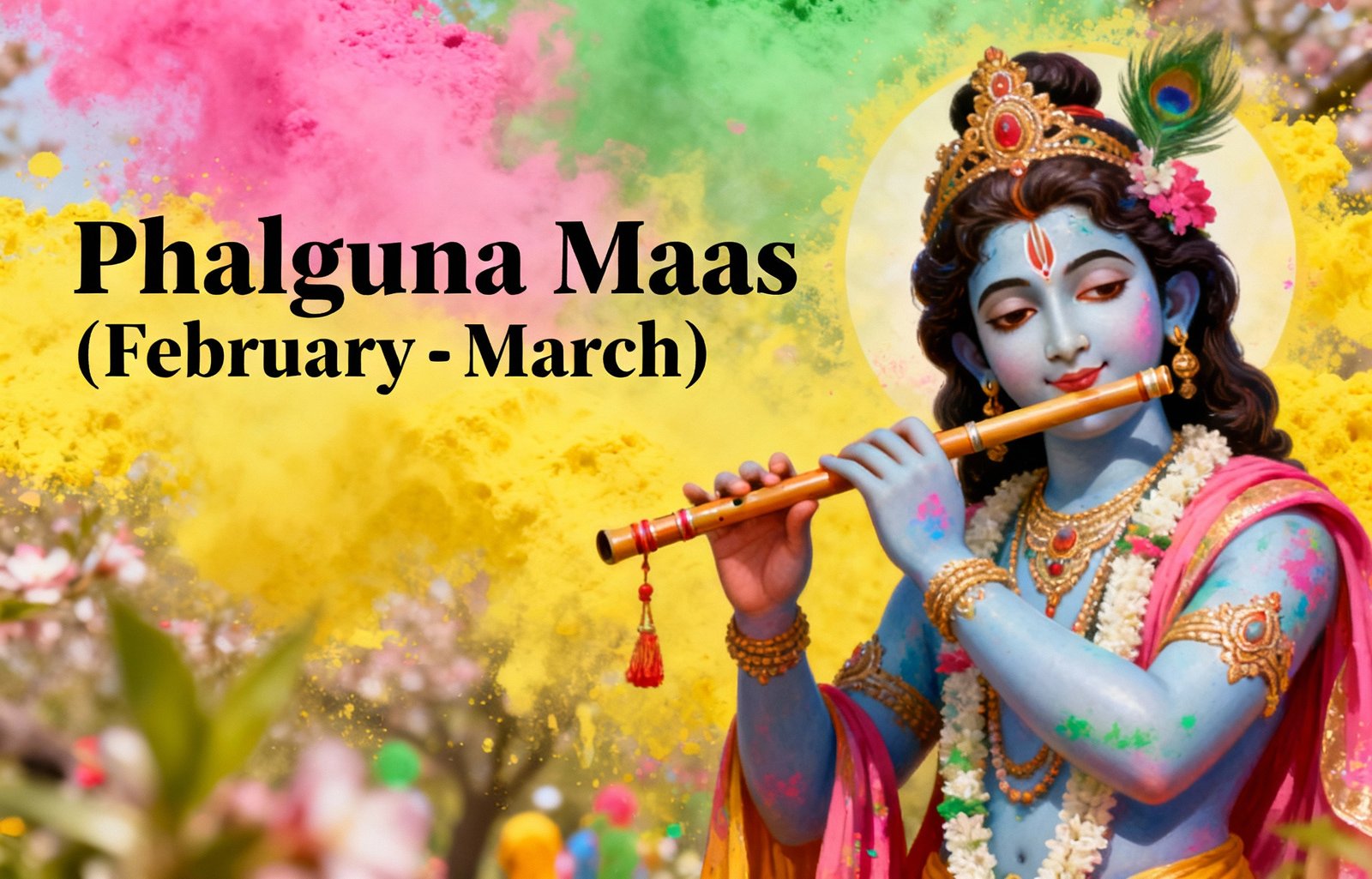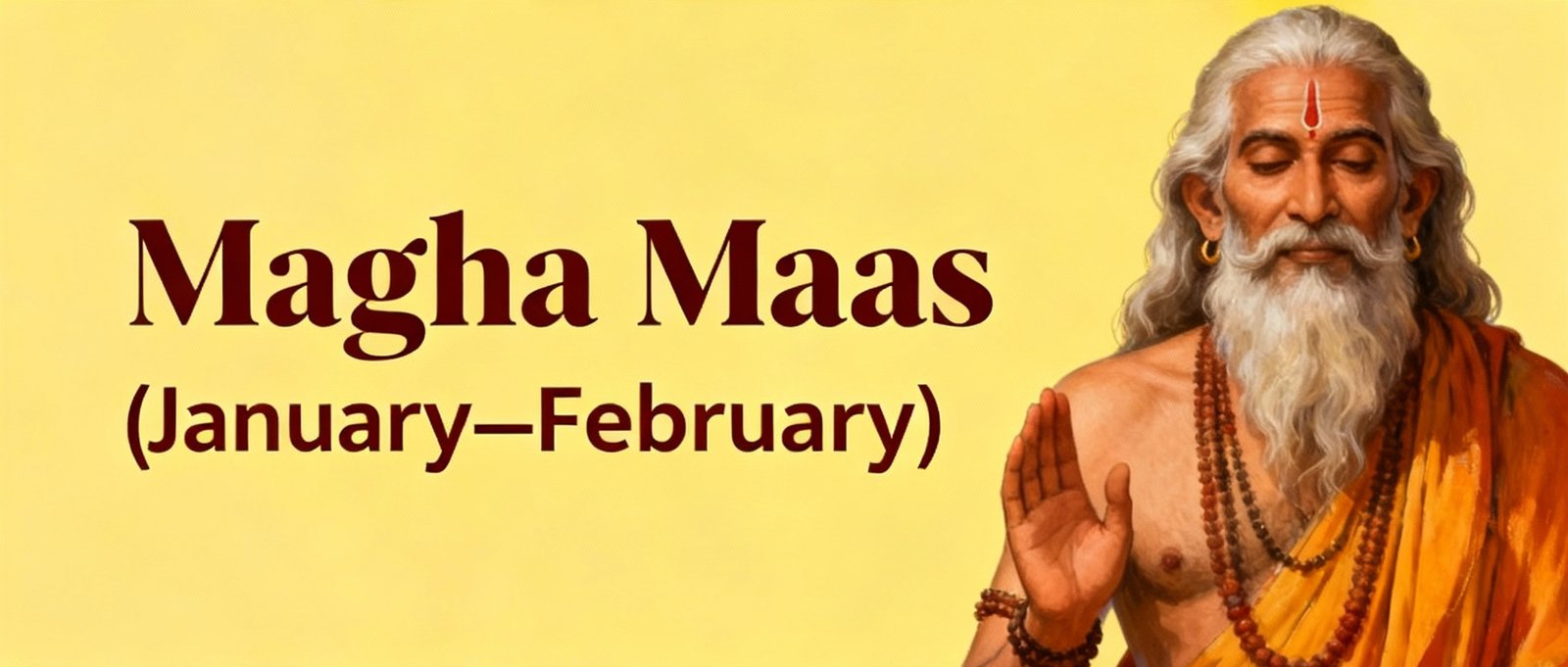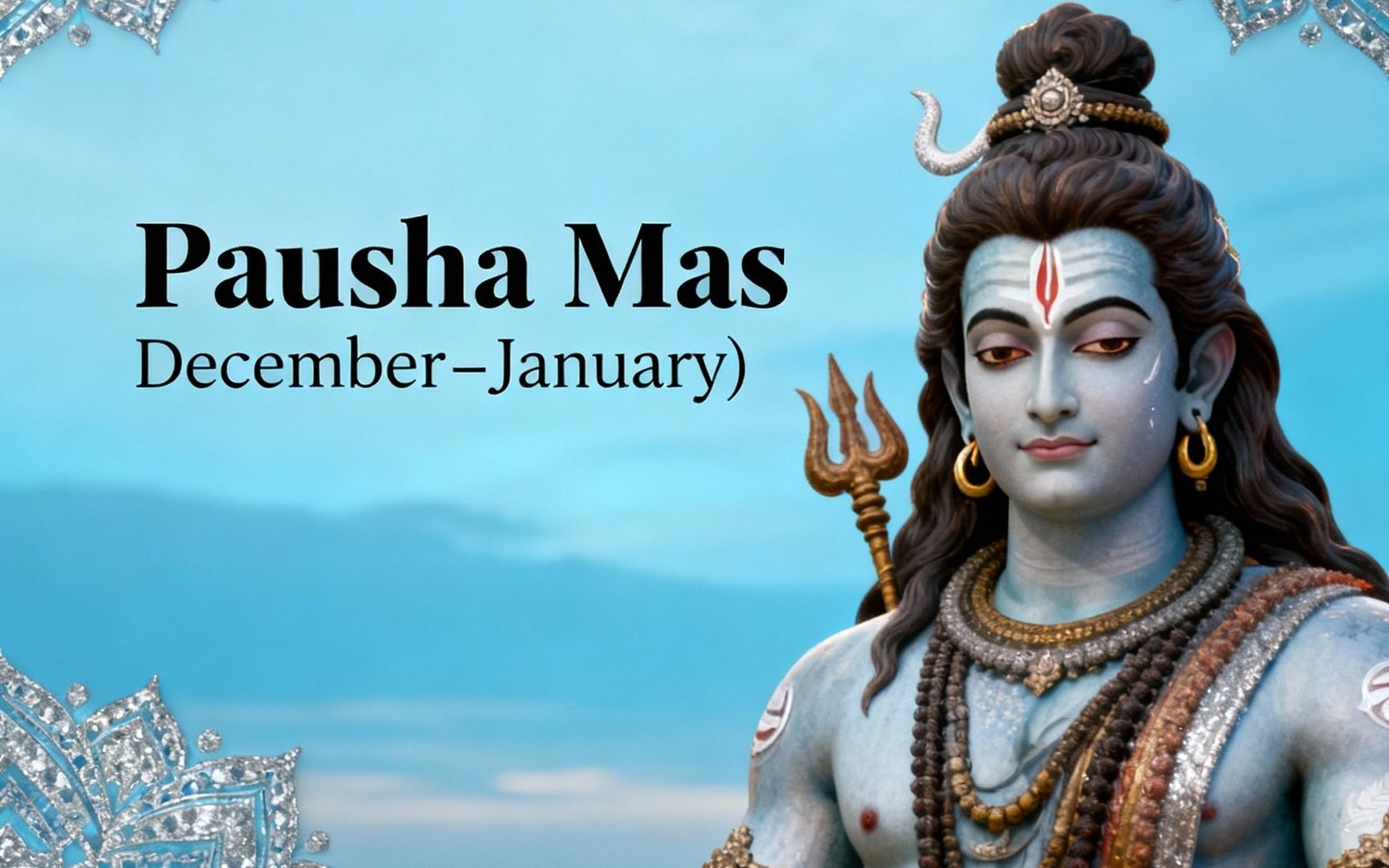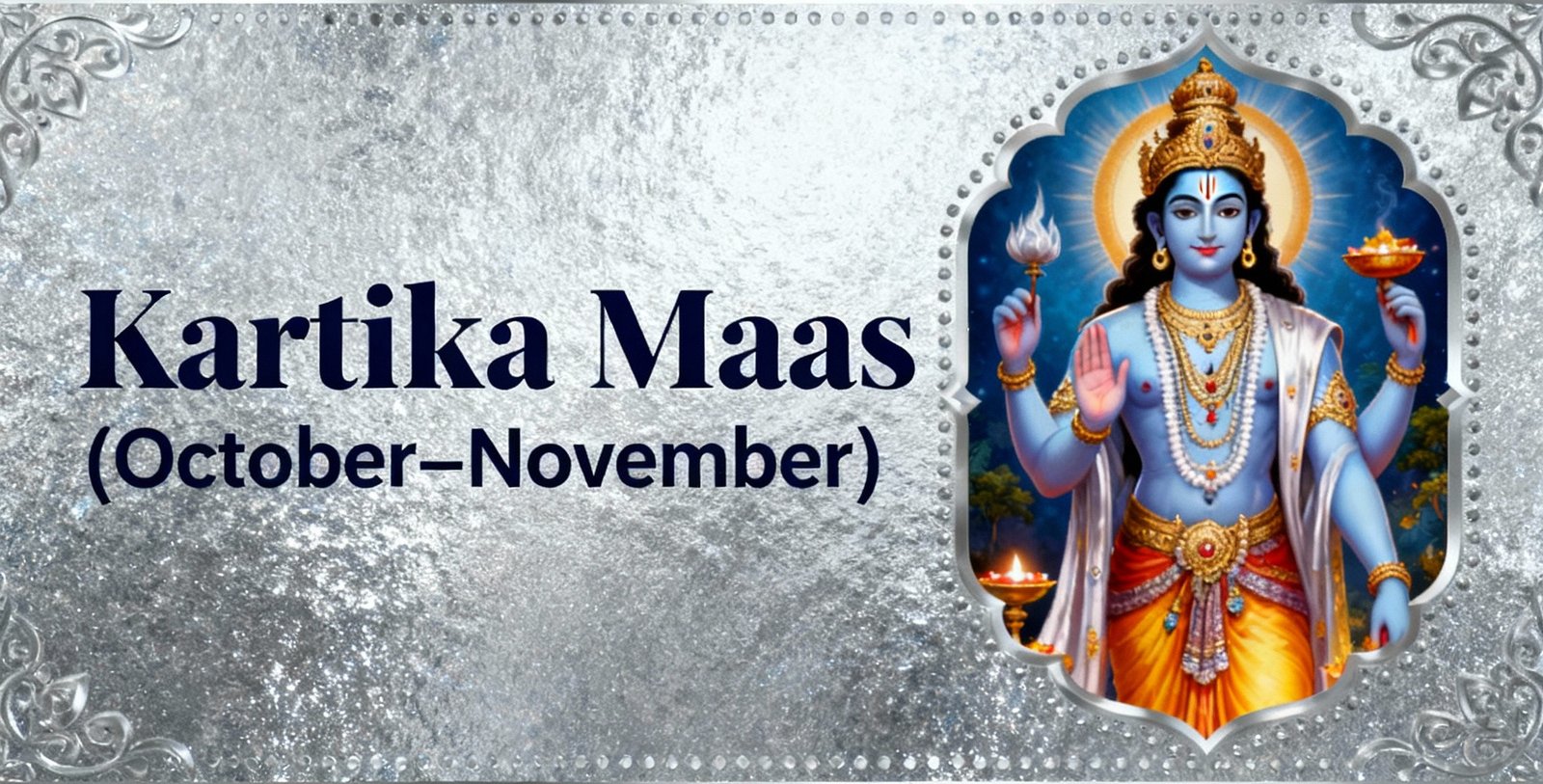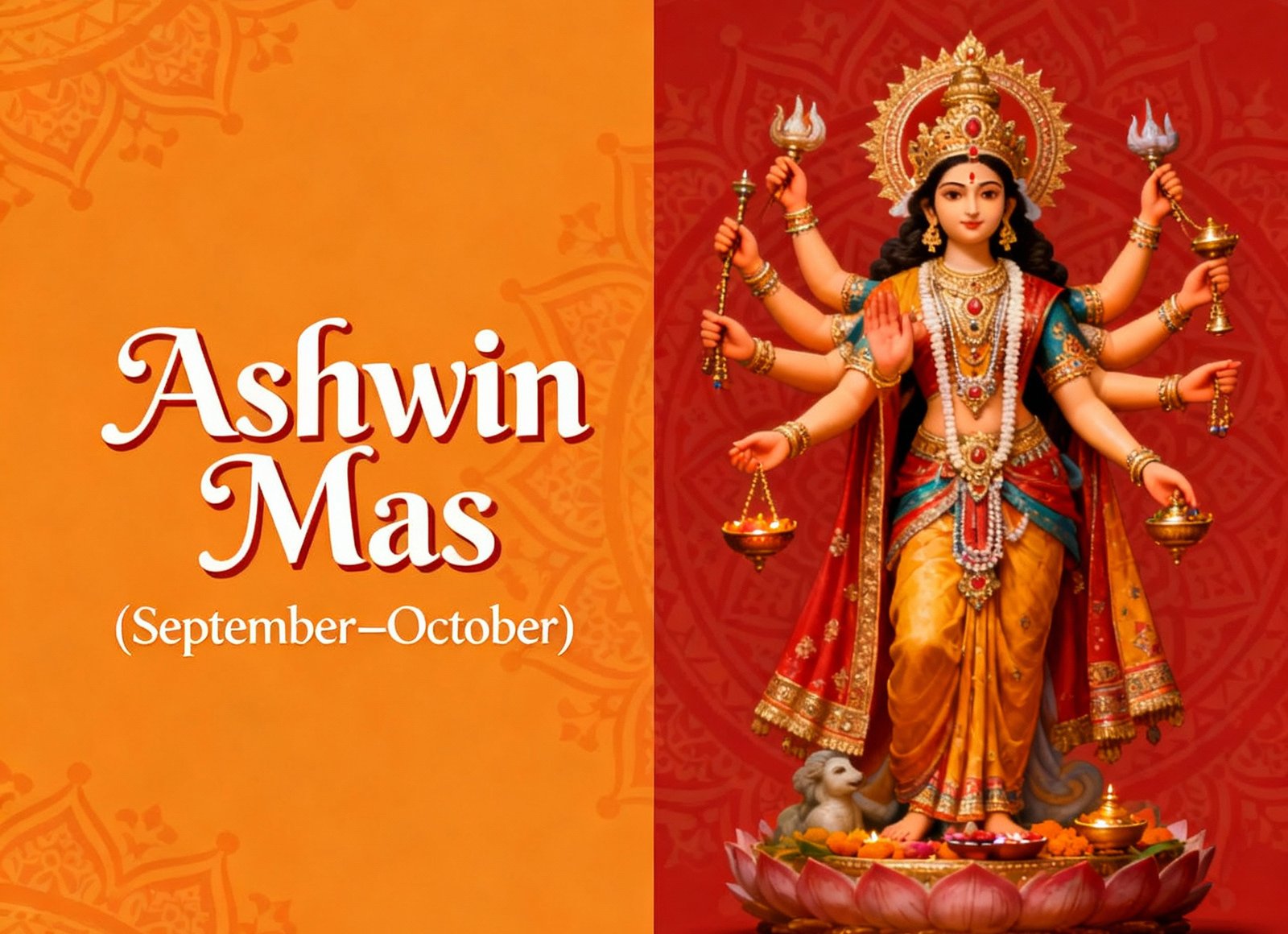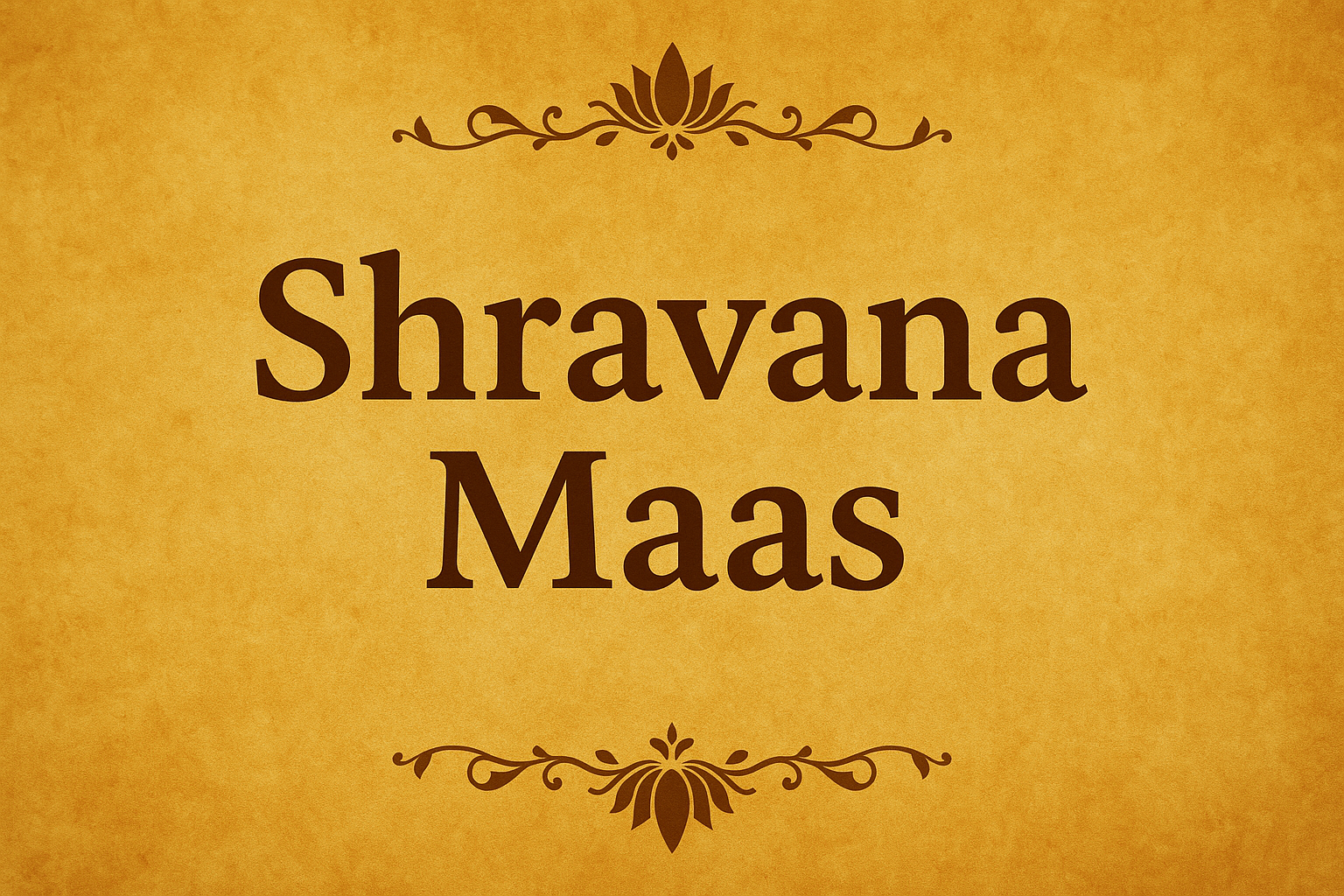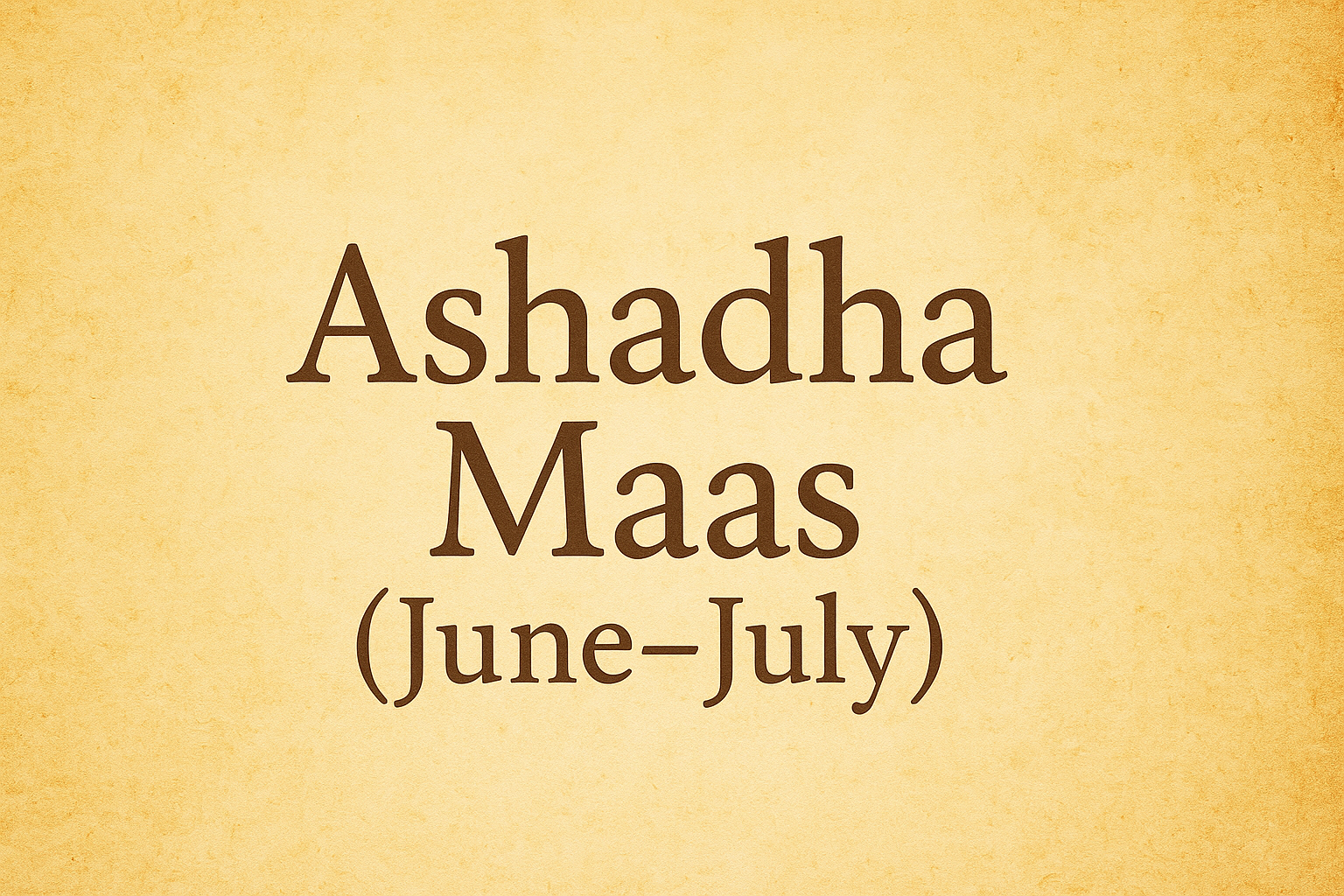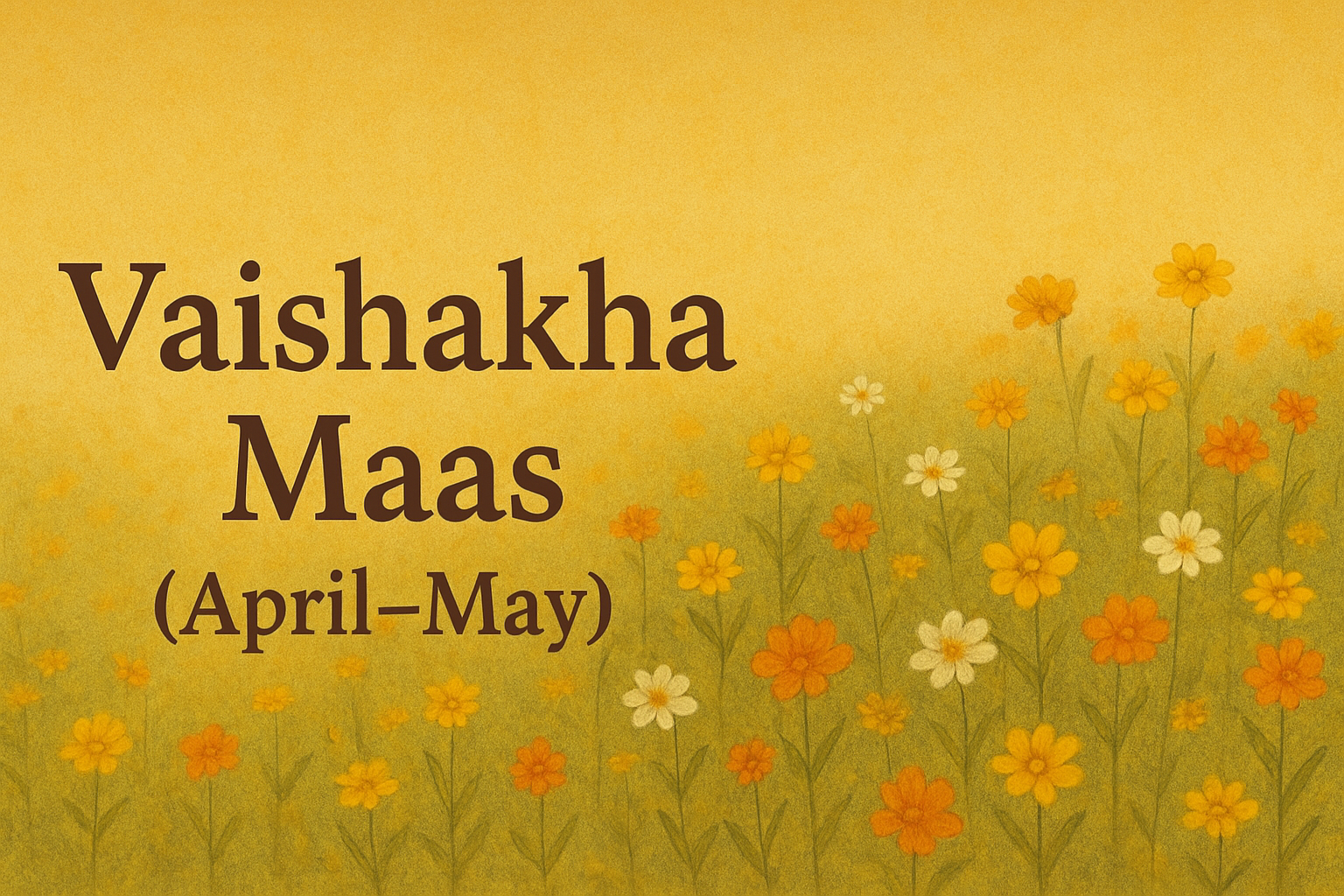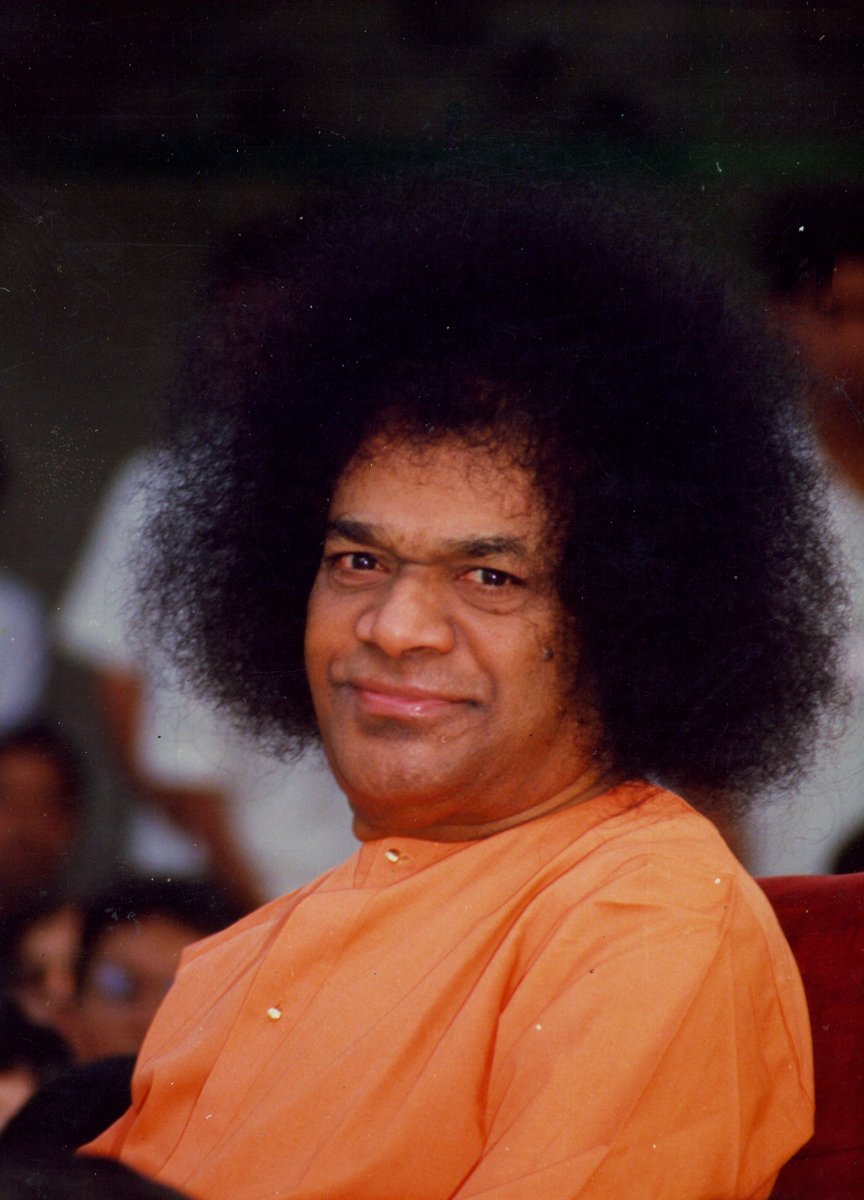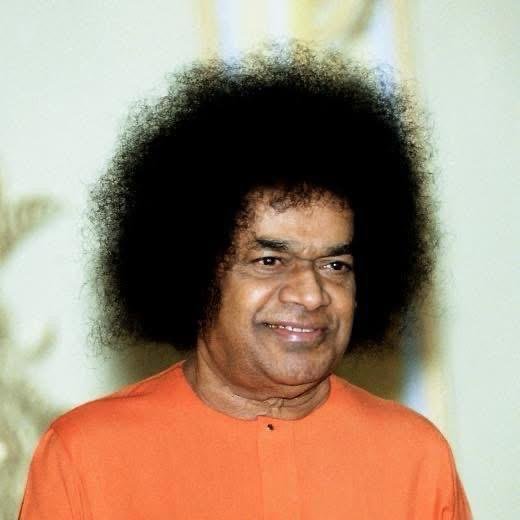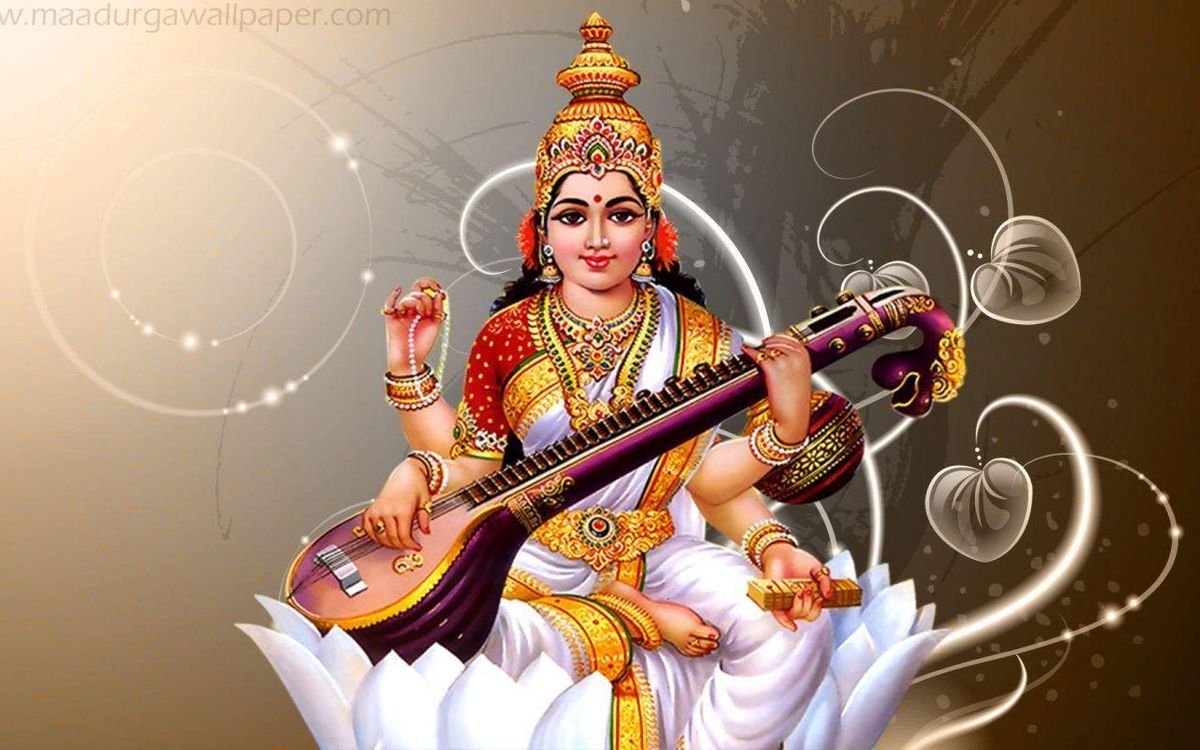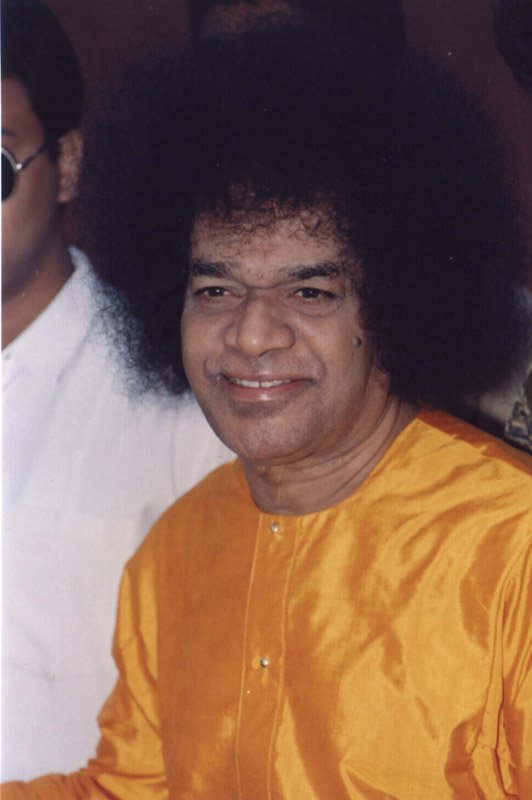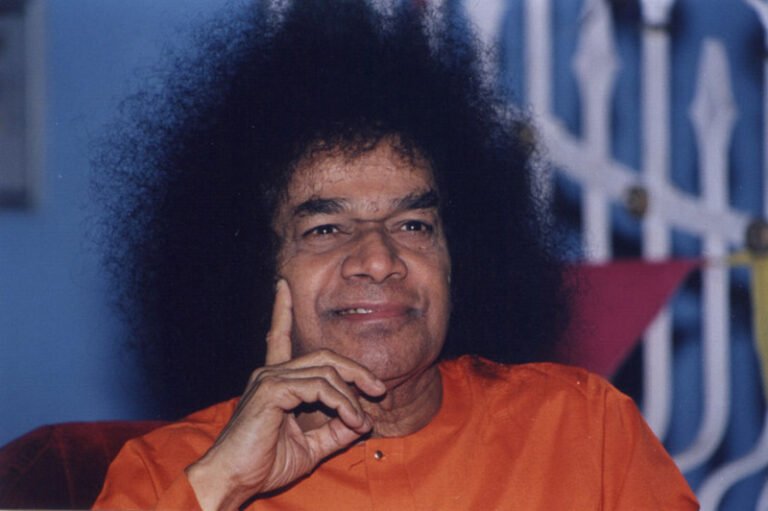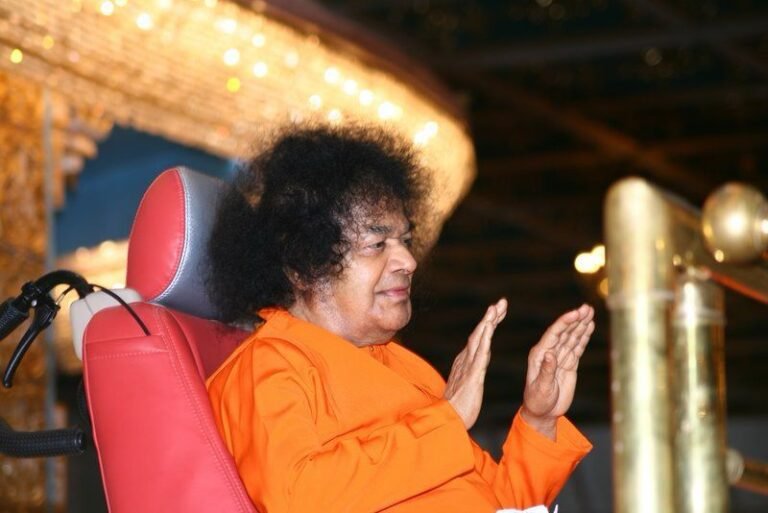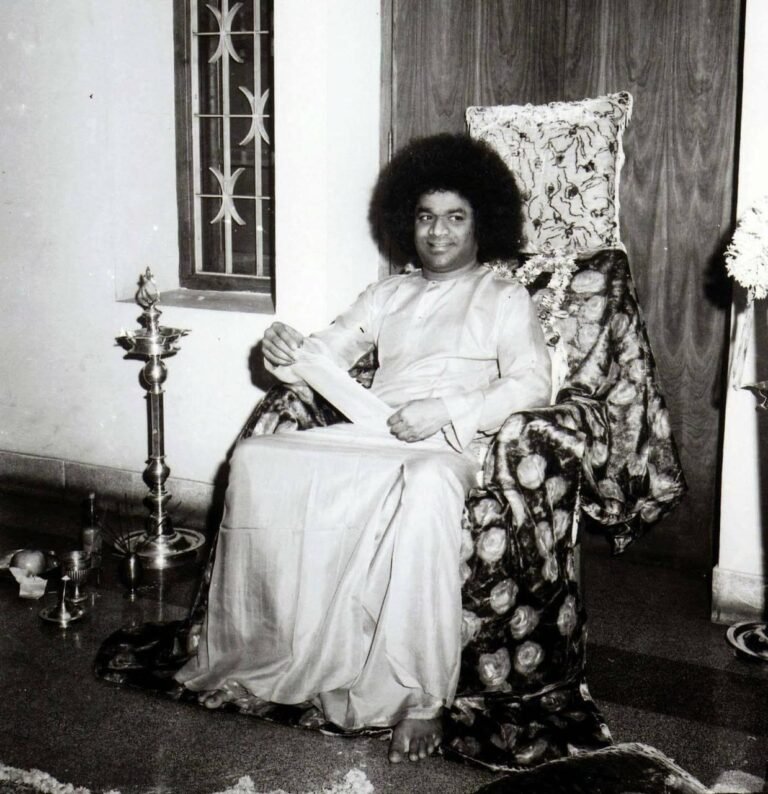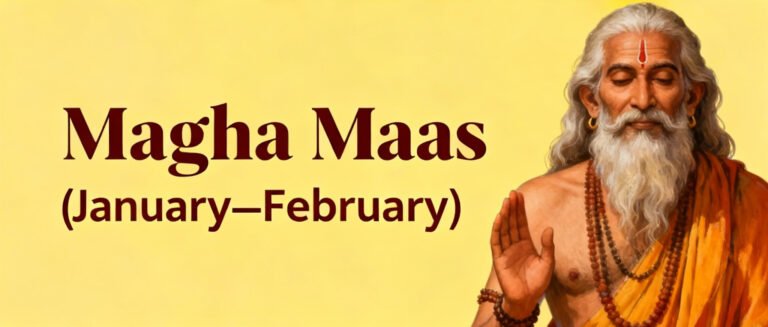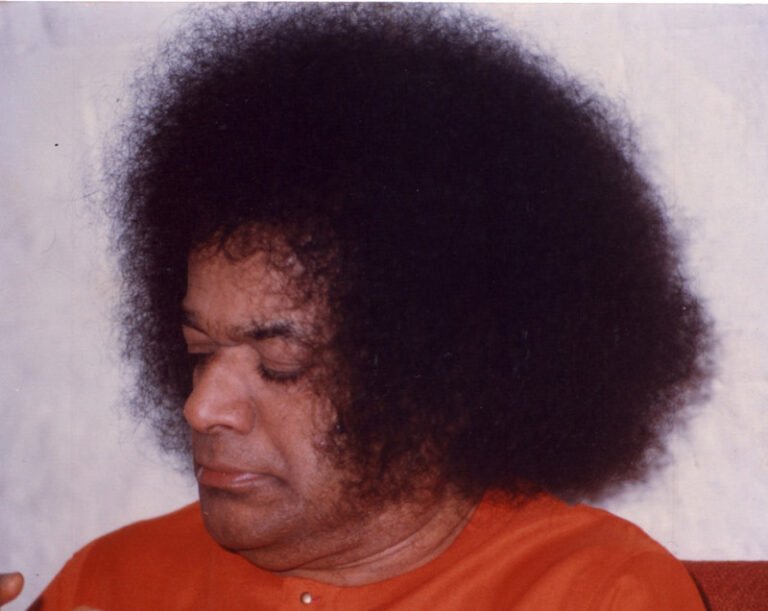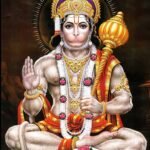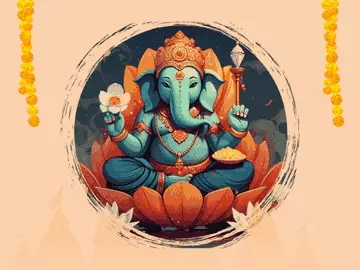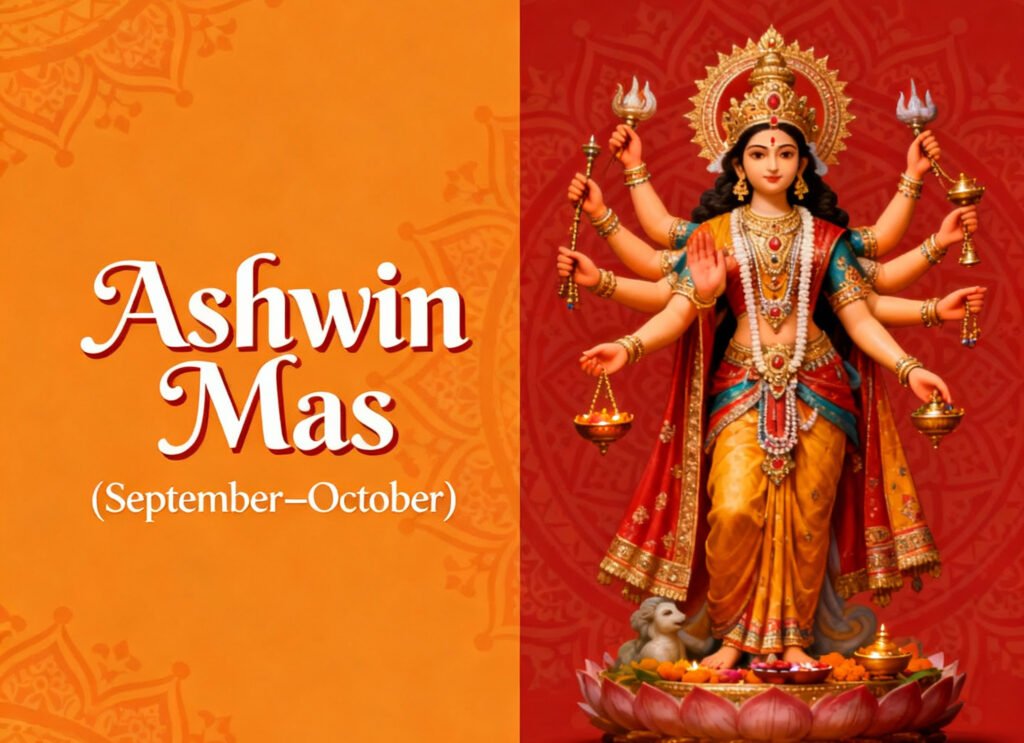Ashwin (September–October)
Ekadashi In The Month Ashwin (September–October) 🌿 Indira Ekadashi – Krishna Paksha (Bhadrapada Month) Indira Ekadashi, one of the most significant Ekadashi observances, falls during the Krishna Paksha (waning phase of the moon) in the Bhadrapada month (August–September). This sacred day is dedicated to Lord Vishnu, and it holds immense spiritual importance for both the living and the departed souls (Pitru devatas). It is observed during the Pitru Paksha (Shraddha fortnight) — a period dedicated to honoring ancestors — making this Ekadashi particularly auspicious for liberating souls from earthly bondage and ensuring their peace in the afterlife. 🕉️ Mythological Significance The story of Indira Ekadashi is narrated in the Brahmavaivarta Purana. Once, there was a noble king named Indrasena, a great devotee of Lord Vishnu who ruled the kingdom of Mahishmati. One day, the great sage Narada Muni visited him and revealed that the king’s late father was suffering in the Pitru Loka due to certain sins committed in his previous life. The sage advised King Indrasena to observe Indira Ekadashi Vrat with utmost faith and devotion. Following Narada’s instructions, the king performed all rituals — fasting, prayers, and offerings to Lord Vishnu — and dedicated the merit (Punya) to his father’s soul. As a result, his father was liberated from suffering and attained the divine abode of Lord Vishnu (Vaikuntha). Since then, it is believed that observing Indira Ekadashi helps not only the devotee but also their ancestors attain peace and moksha. 🌸 Spiritual Essence Indira Ekadashi symbolizes freedom from the bondage of karma and material attachments. It is a time to remember and offer gratitude to our forefathers, while also purifying one’s own soul through fasting, devotion, and charity. This Ekadashi bridges the living and the departed, reminding us of the eternal connection between generations through faith and dharma. 🪔 Rituals and Observance 🌅 1. Dashami (Day Before Ekadashi) 🌞 2. Ekadashi Day (Main Fast) 🌄 3. Dwadashi (Breaking the Fast) 🌼 Significance of Indira Ekadashi 📜 Scriptural Reference In Brahmavaivarta Purana, Lord Krishna says to King Yudhishthira: “O King, one who observes the Indira Ekadashi fast with devotion and offers its merits to the ancestors, liberates them from the bonds of karma. Such a person attains the eternal abode of Vishnu, where there is no sorrow or suffering.” 🌻 Essence of Indira Ekadashi Indira Ekadashi is a day of devotion, remembrance, and liberation.It reminds us that spiritual progress is not only for ourselves but also a path of gratitude for those who came before us. By observing this sacred fast with faith and sincerity, devotees gain peace, prosperity, and blessings for both their family and ancestors, ultimately leading the soul closer to divine realization. ✨ “Through faith, fasting, and remembrance, the chain of karma is broken — and the soul rises toward eternal light.” 🌺 Papankusha Ekadashi – Shukla Paksha (Ashwina Month) Papankusha Ekadashi is a sacred observance that falls during the Shukla Paksha (waxing phase of the moon) in the Ashwina month (September–October). Dedicated to Lord Padmanabha, a manifestation of Lord Vishnu, this Ekadashi is believed to destroy all sins (Papankusha means “destroyer of sins”) and grant salvation, peace, and divine protection. It is said that observing this Ekadashi with sincerity and devotion leads one to Vaikuntha, the abode of Lord Vishnu. 🕉️ Mythological Significance The Padma Purana narrates the story of Papankusha Ekadashi. Once, Lord Krishna told King Yudhishthira about the greatness of this day, explaining that fasting on Papankusha Ekadashi removes the burden of all past sins and ensures spiritual upliftment. The story mentions a man named Krodhana, who lived a life full of violence, sin, and injustice. However, in his last days, he met a sage named Angira Rishi, who advised him to observe the Papankusha Ekadashi Vrat and chant the name of Lord Vishnu. By sincerely performing this vrat and surrendering himself to God, Krodhana was forgiven of all his sins and attained Vaikuntha after death. From then on, it was believed that even the most sinful person could be redeemed by following this sacred fast with devotion. 🌼 Spiritual Significance Papankusha Ekadashi signifies inner purification and divine forgiveness.It is a reminder that through faith, discipline, and surrender to Lord Vishnu, one can rise above ignorance, ego, and sin. The Ekadashi also emphasizes self-transformation — replacing negative thoughts and actions with devotion, compassion, and truth. 🪔 Rituals and Observances 🌅 1. Dashami (Day Before Ekadashi) 🌞 2. Ekadashi Day (Main Observance) 🌄 3. Dwadashi (Breaking the Fast) 🌙 Benefits and Blessings of Papankusha Ekadashi 📜 Scriptural Reference In the Padma Purana, Lord Krishna says to Yudhishthira: “By observing Papankusha Ekadashi, one is freed from all sins. Whoever fasts on this day with full faith and devotion attains a place in Vaikuntha and receives the divine grace of Lord Padmanabha.” 🌻 Essence of Papankusha Ekadashi Papankusha Ekadashi is a day to reflect, repent, and realign with the path of righteousness.It teaches that no soul is beyond redemption — even a person burdened with countless sins can find liberation through true devotion and surrender. By observing this Ekadashi, devotees purify the body, mind, and soul, paving the way for spiritual awakening and eternal peace. ✨ “In the name of Vishnu, sins perish, and the heart blooms with divine purity.”
Ashwin (September–October) Read Post »


